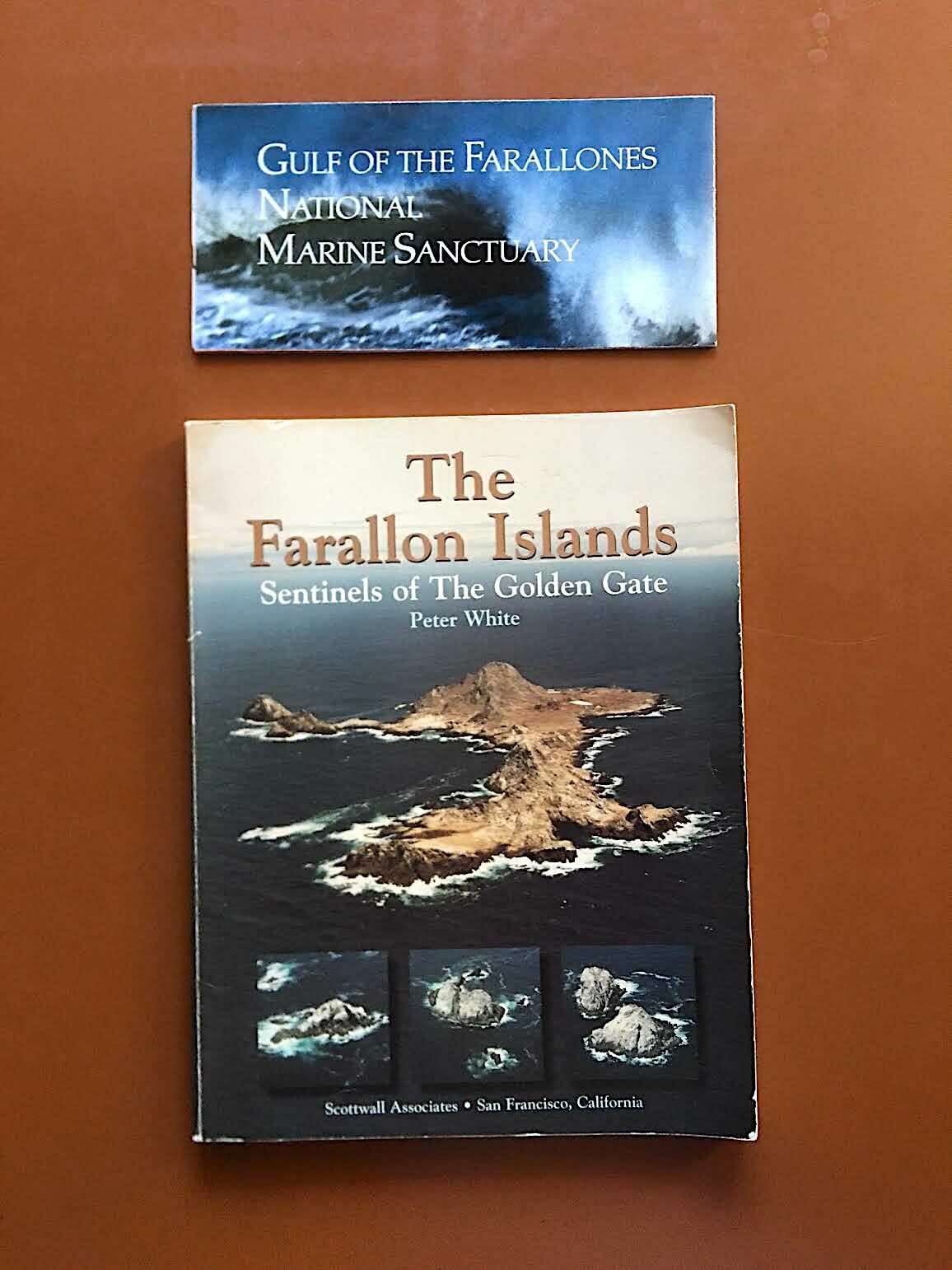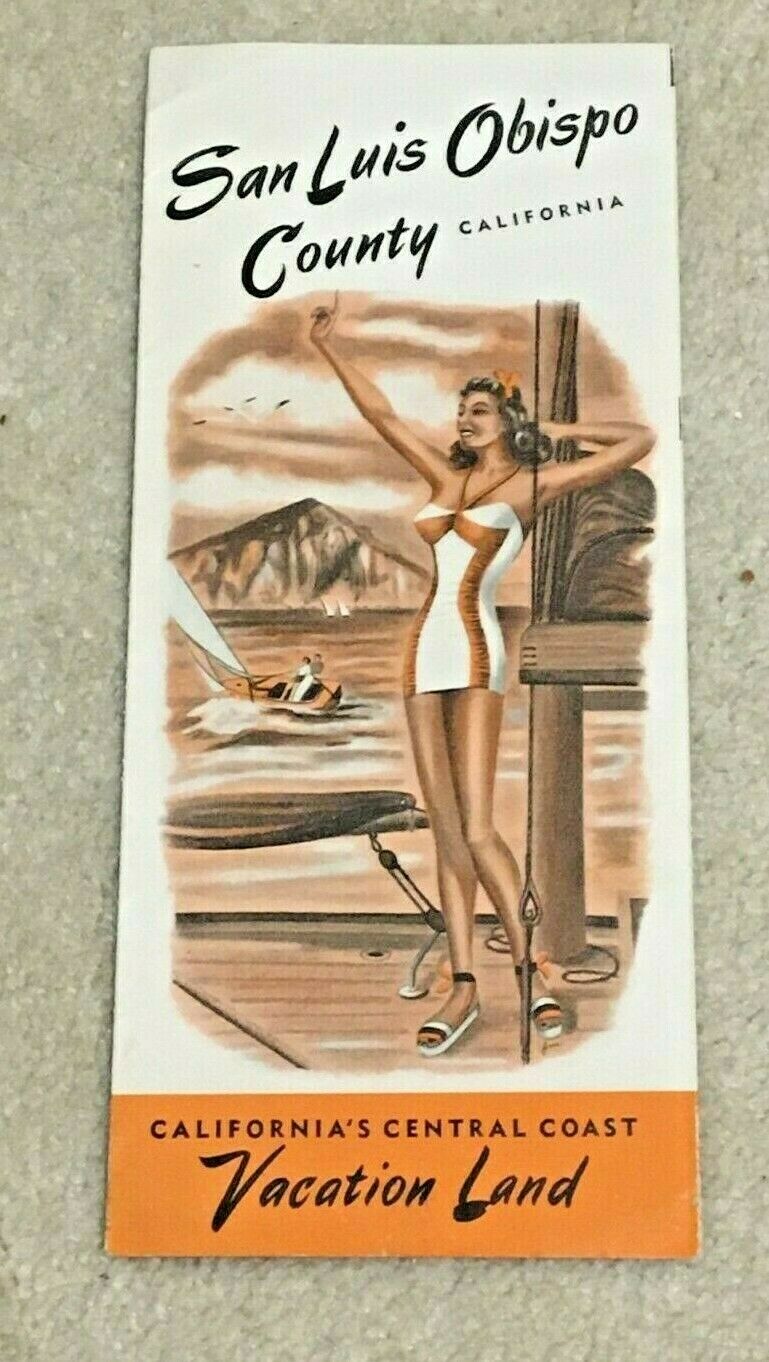-40%
Farallon Islands History Book, Map/Guide to Gulf of the Farallons Marine Area
$ 5.27
- Description
- Size Guide
Description
When you’re in San Francisco on the Pacific side, you look out over the water and you see these rocky outcrops poking above the surface on the horizon. You think to yourself, “what is that place?” or “how can I get there?” The answers are “It’s the Farallon Islands, and they’re actually within the municipal boundaries of San Francisco,” and “it’s not easy.”The Farallon Islands are 30 miles off the coast of San Francisco and constitute their own national wildlife refuge, and the waters surrounding them are part of the Gulf of the Farallones National Marine Sanctuary. A danger to ships for centuries, the islands are a favored nesting ground for millions of migrating seabirds, and was used for egg harvesting/plunder during much of the nineteenth century (the birds’ eggs were a popular delicacy and quite pricey). Today, though the islands are public land, they are generally off limits to everyone except visiting scientific researchers, US Fish & Wildlife personnel and a handful of intrepid volunteers. The closest most people can get to them is to nearby waters via a whale-watching cruise, where spectators have been treated to the horrific live action nature film of sharks feasting on seals.
Included here is a rare copy of a detailed history of the Farallon Islands, entitled “The Farallon Islands, Sentinels of The Golden Gate” (from Peter White/Scotwell Associates, 1995); and an official map & guide to the Gulf of the Farallones National Marine Sanctuary (from the National Oceanic and Atmospheric Administration, 2002).













